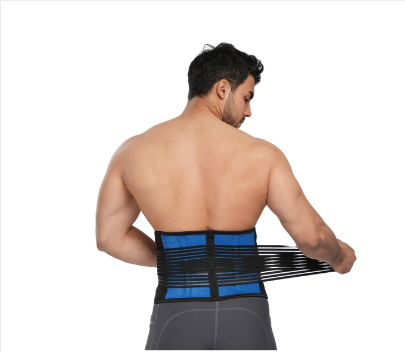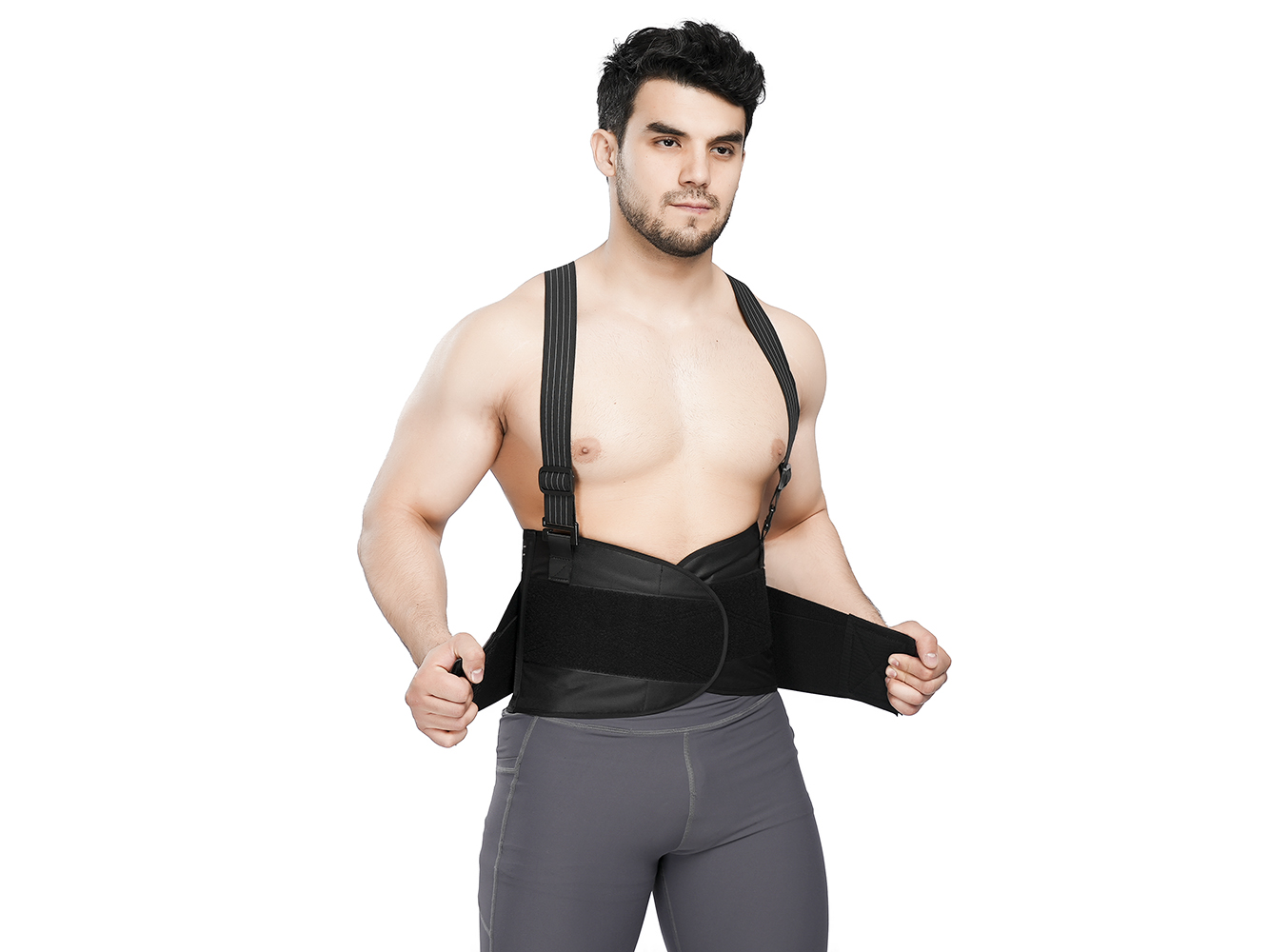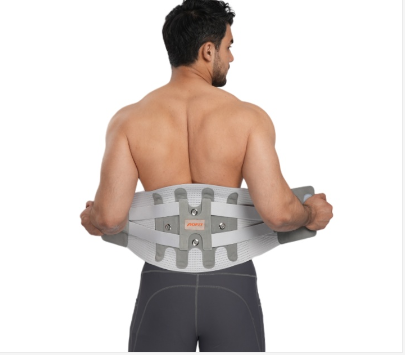In today's fast-paced world, understanding how to properly use a back brace is crucial for maintaining good spinal health and preventing injuries. Back braces can provide support and stability, but they're not a cure-all solution. This article will delve into the intricacies of using back braces effectively to avoid overuse and injury.
Back braces are not just about lifting heavier weights; they're designed to complement proper body mechanics and lifting techniques. Used correctly, they can offer valuable support, especially during activities that place strain on the spine.
Basic back braces are typically made of elastic material and offer moderate support. They're suitable for minor back issues or as a preventive measure during physical activities.

Back braces with shoulder straps serve as a reminder to maintain good posture. They help prevent bending forward with poor body mechanics and reinforce proper lifting techniques.

These braces come with metal stays that provide additional support and stability. They are ideal for post-surgery recovery or individuals who need extra reinforcement for their back.

Adjustable braces with strings and pulleys offer a customizable fit, allowing individuals to tighten or loosen the brace as needed. They are suitable for those with specific back conditions or those who require support during specific activities.
Individuals with spondylolisthesis can benefit from wearing a back brace. It provides support and reduces discomfort during physical exertion or prolonged periods of activity.
Back braces can also be beneficial for individuals with spinal stenosis. By providing support, they help alleviate pain and discomfort associated with this condition.
In addition to using back braces, there are several advanced techniques and therapies available to further support spinal health and alleviate back pain. These may include:
Physical Therapy:Engaging in targeted exercises and stretches under the guidance of a physical therapist can help strengthen the muscles surrounding the spine and improve flexibility, reducing the risk of injury and enhancing overall mobility.
Chiropractic Care: Chiropractic adjustments and manipulations aim to realign the spine and alleviate pressure on nerves, providing relief from back pain and improving spinal function.
Massage Therapy: Massage therapy can help alleviate tension and tightness in the muscles surrounding the spine, promoting relaxation and enhancing circulation to facilitate healing.
Acupuncture: This traditional Chinese therapy involves inserting thin needles into specific points on the body to alleviate pain and promote the body's natural healing response, offering relief from back pain and promoting overall well-being.
By exploring these advanced techniques and therapies in conjunction with using a back brace, individuals can further support their spinal health and enhance their overall quality of life.
Before using a back brace, it's essential to consult with a healthcare professional. They can assess your condition and recommend the appropriate type of back brace based on your specific needs and activity level.
Always follow the instructions provided with the back brace. Improper usage can lead to further injury or discomfort.
Back braces should never replace proper rehabilitation or physical therapy. They are meant to supplement these treatments by providing additional support during specific activities.
One of the primary functions of back braces is to help maintain good posture. They remind users to engage proper body mechanics, reducing the risk of injury.
In conclusion, understanding how to properly use a back brace is essential for maintaining spinal health and preventing injuries. By choosing the right type of brace and following proper guidelines, individuals can effectively manage their back conditions and enjoy an active lifestyle with reduced discomfort.
1. Can anyone use a back brace?
Back braces are suitable for individuals with various back conditions, but it's crucial to consult with a healthcare professional before use.
2. How long should I wear a back brace?
The duration of wear depends on your specific condition and the recommendations of your healthcare provider.
3. Are back braces uncomfortable to wear?
With proper fitting and usage, back braces should not be uncomfortable. However, it may take some time to adjust to wearing one.
4. Can I wear a back brace during physical activities?
Yes, back braces are designed to provide support during physical activities. However, it's essential to choose the right type of brace for your needs.
5. Are there any risks associated with using a back brace?
While back braces are generally safe when used correctly, improper usage can lead to discomfort or exacerbation of existing back issues.